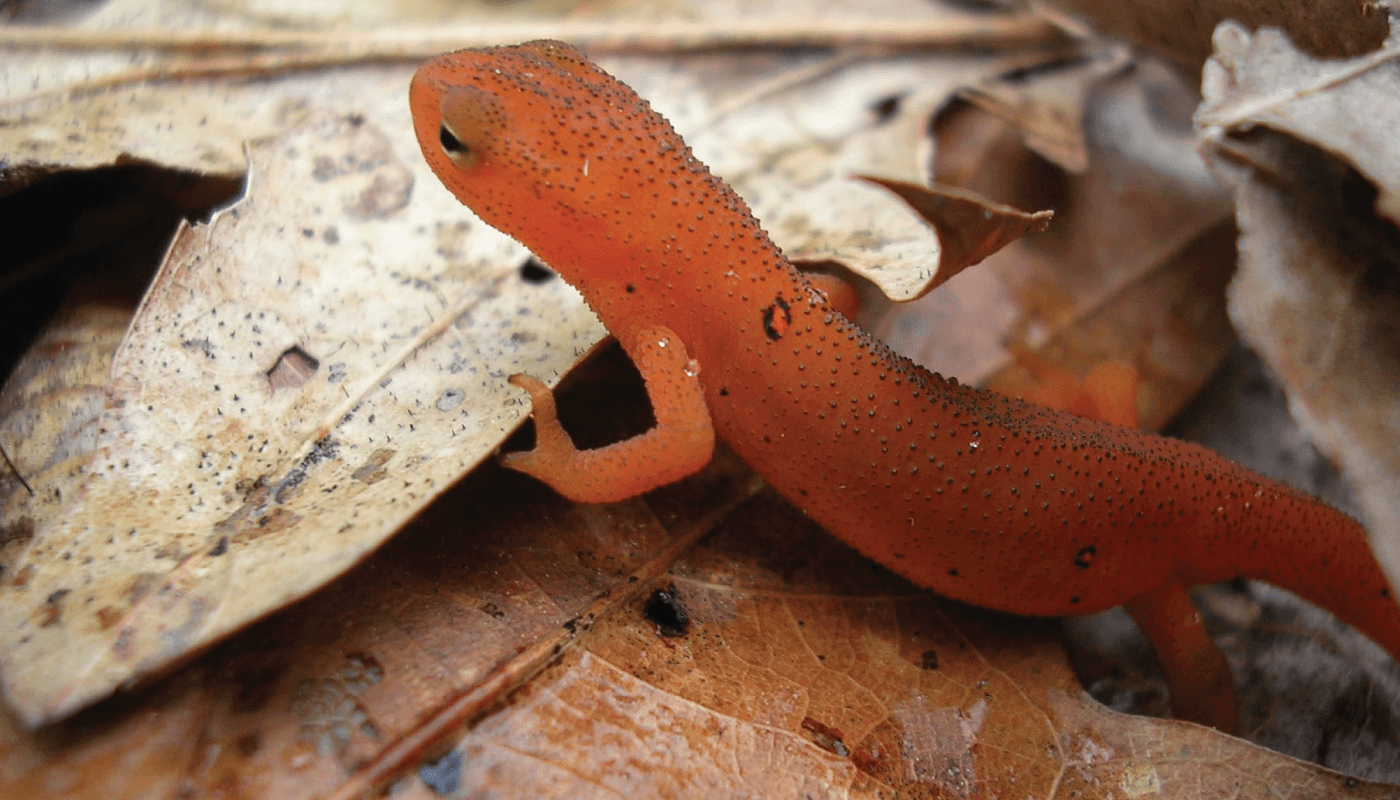
Eye of newt, toe of frog
Full lens regeneration is an amazing ability of our closest regenerative relatives – newts, frogs, and axolotls – with newts retaining this ability throughout their lives. The process can now be tracked in vivo using OCT, giving unique insights into cellular and morphological events and taking us closer to unlocking the newt’s regenerative secrets (1).
Freezer fresh
A recent study shows that cryopreserved bone marrow stromal cells (BMSCs) are safe and effective for subconjunctival injection to promote corneal epithelial wound healing in animal models (2). BMSCs are used in cell-based therapies to aid regeneration, and both in vitro and in vivo experiments demonstrated significantly increased wound healing. This study exhibits preclinical safety for conjunctival administration before a phase I clinical trial in humans.
See again
Voretigene neparvovec has been used successfully for the first time in two Italian pediatric patients with inherited retinal dystrophy (RPE65-IRD). Significant increases in visual function occurred in both patients – even following surgical complications in one (3). These results correlate with the results of previous clinical trials.
Bionic eyes
A real-world assessment reveals a positive impact on functional vision from implantation of a second-generation (44-channel) suprachoroidal retinal prosthesis in patients with late-stage retinitis pigmentosa (4). The implant allows for artificial ultra-low vision that can detect shapes, movement, and light. Further research will focus on more patients to increase statistical power.
The sound of regeneration
In vivo tracking of transplanted cells can be performed using photoacoustic imaging combined with OCT and fluorescent imaging. Researchers tracked transplanted human retinal pigment epithelial cells (ARPE-19) tagged with ICG dye, recording cell location, viability, and layer thickness (5). The tracking enables nondestructive monitoring of the distribution, fate, and function of cell therapies.
References
- W Chen et al., Transl Vis Sci Technol, 10, 4 (2021). PMID: 34383878.
- I Putra et al., Transl Vis Sci Technol, 10, 3 (2021). PMID: 34383879.
- F Testa et al., Transl Vis Sci Technol, 10, 11 (2021). PMID: 34554209.
- L Karapanos et al., Transl Vis Sci Technol, 10, 7 (2021). PMID: 34383875.
- VP Nguyen et al., Transl Vis Sci Technol, 10, 10 (2021). PMID: 34473239.
